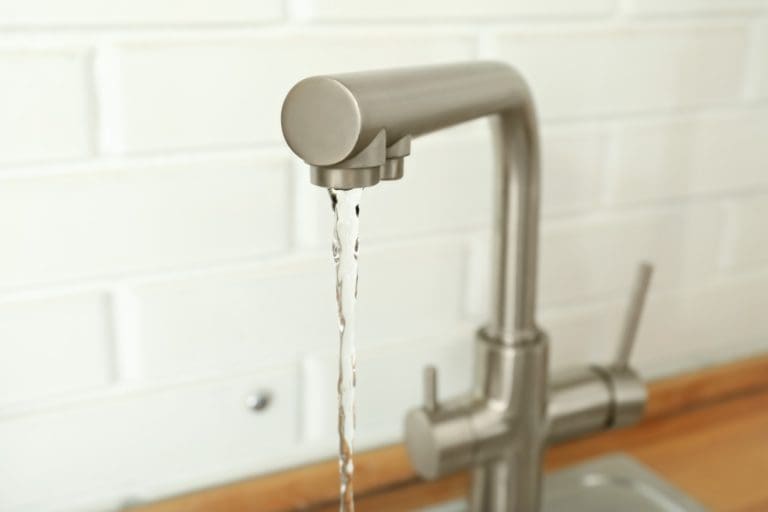In today’s world, where environmental concerns are becoming increasingly important, adopting eco-friendly practices is essential. One area where we can make a significant impact is the kitchen, a place where water is often used wastefully without us realizing it. The concept of efficient water usage in the kitchen goes beyond conservation; it also means using water wisely to reduce your utility bills and contribute to a sustainable future.
Efficient Water Usage in the Kitchen
Efficient water usage in the kitchen involves a series of conscious choices and practical changes to reduce water wastage. By making informed decisions, you can minimise your environmental footprint without compromising on your daily routines. Let’s explore some effective strategies:
1. Opt for a High-Efficiency Tap
Start your journey towards efficient water usage by installing a high-efficiency tap. These taps are designed to reduce water flow without affecting performance. They often come with features like aerators that mix air with water, giving you the same water pressure while using less water.
2. Embrace the Dishwasher
Contrary to popular belief, using a dishwasher is often more water-efficient than handwashing dishes. Modern dishwashers are designed to use water more efficiently, so make sure to load them optimally to maximize their water-saving potential.
3. Capture Cold Water
Before the tap water heats up, capture the cold water and use it for plants or other non-drinking purposes. This simple habit can save gallons of water over time.
4. Fix Leaks Promptly
A dripping tap might seem harmless, but it can waste a surprising amount of water. Fix leaks as soon as you notice them to prevent unnecessary water wastage.
5. Cook Smarter
When cooking, try to use as few pots and pans as possible. This reduces the amount of water needed for cleaning later. Additionally, consider steaming vegetables instead of boiling them to retain more nutrients and save water.
6. Collect Kitchen Scrap Water
Collect the water you use to wash vegetables and fruits, known as kitchen scrap water. This water can be repurposed to water your garden or indoor plants.
7. Thaw Food Wisely
Avoid using running water to thaw frozen food. Instead, plan ahead and thaw items in the refrigerator or use the defrost function in the microwave.
8. Use a Plug in the Sink
When washing dishes, fill the sink with soapy water and turn off the tap. This way, you can rinse multiple items in one go, using less water than if the tap were left running.
9. Reuse Cooking Water
After boiling pasta or vegetables, let the water cool and use it to water your plants. The water contains valuable nutrients that can benefit your garden.
10. Choose Water-Saving Appliances
When it’s time to upgrade your kitchen appliances, opt for models that have high water-efficiency ratings. Look for dishwashers and washing machines with the WaterSense label.

FAQs
Absolutely! Cumulatively, these small changes can result in substantial water savings over time. Every drop counts.
Yes, modern dishwashers are designed to use water more efficiently. Just make sure to load them properly for optimal results.
Not at all. High-efficiency taps are designed to maintain water pressure while using less water by incorporating features like aerators.
Look for the WaterSense label when purchasing appliances. This label indicates that the product meets strict water-efficiency criteria.
Absolutely. Collecting kitchen scrap water is a simple way to repurpose water that would otherwise go down the drain.
While some water-efficient appliances might have a slightly higher upfront cost, the long-term savings on water bills often make them a cost-effective choice.
Efficient water usage in the kitchen is not only a responsible choice for the planet but also a smart way to cut down on utility costs. By making small changes to your daily routine and adopting water-saving habits, you can make a meaningful contribution to water conservation. Remember, the journey to sustainability starts with individual actions, and your efforts in the kitchen can create a ripple effect that benefits both your wallet and the environment.

